Living with multiple pets can be one of life’s greatest joys, but not every dog breed got that memo. Some canines come with such strong instincts, territorial tendencies, or prey drives that they simply don’t play well with others. Whether it’s the family cat, hamster, or even another dog, these breeds often struggle to coexist peacefully. While proper training and early socialization can help, some dogs are just hardwired to see other animals as anything but friends. You might be surprised by which breeds made this list.
Jack Russell Terrier
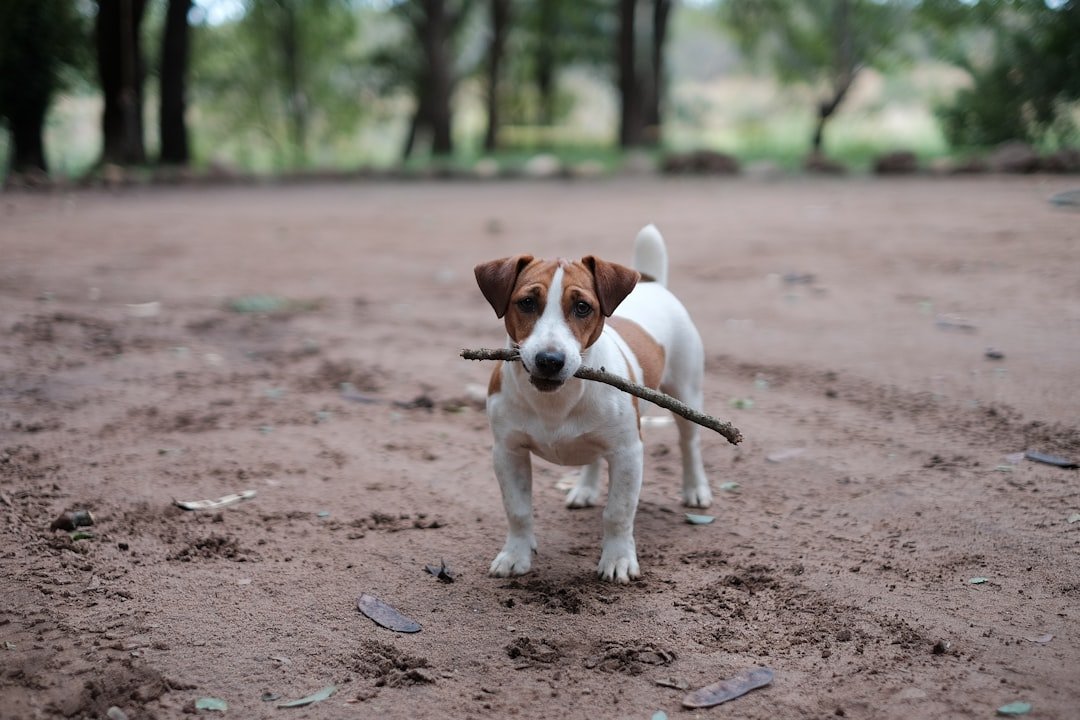
Jack Russells are notorious for cat and other small animal killing. They were bred to be ratters so in is literally part of their genetic make up. They also have a strong prey drive and will chase and kill cats and other small animals. These little white dynamos were originally designed to bolt foxes from their dens, and that hunting instinct never left them.
They will chase anything that moves, including cats, squirrels, and even cars. Think of them as furry missiles with one setting: seek and destroy. Even the most well-trained Jack Russell can suddenly switch into hunter mode when they spot something small and moving.
Siberian Husky
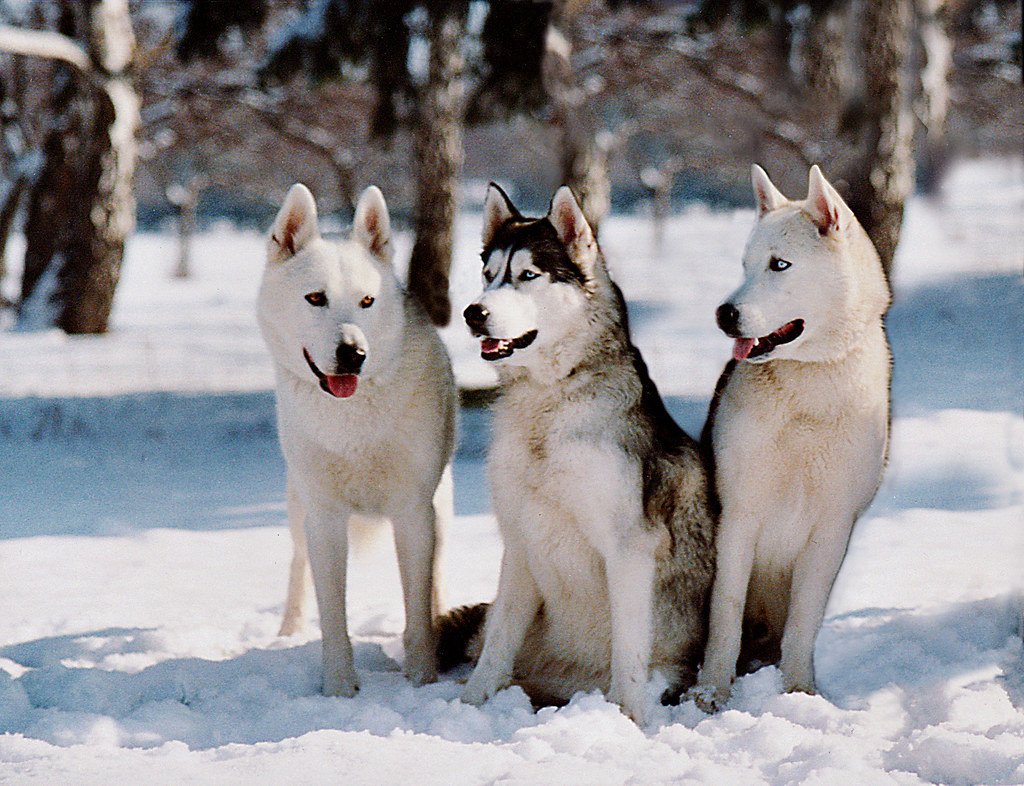
Bred to pull sleds in Siberia, Huskies’ high prey drive means they like to chase and capture small animals such as chickens, squirrels and sometimes house cats. Chickens are not safe. These Arctic athletes have survival instincts so strong that your neighbor’s cat might look like dinner to them.
It’s not a good idea to have them if you have small animals in the house as the Siberian Husky wouldn’t be able to resist a good chase. Their friendly demeanor with humans often tricks people into thinking they’ll be gentle with all creatures, but that’s not always the case.
German Shepherd
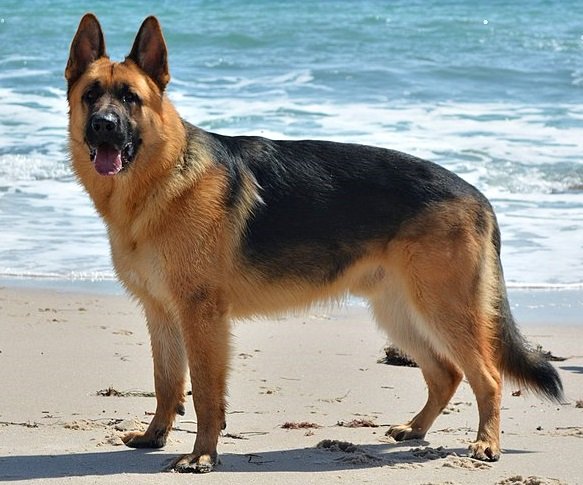
They will unleash that high prey drive on other people, kids, other animals, and especially cats if they are not raised together. Once a German shepherd can injure or kill another animal, it will have a taste for blood, and instinct takes over. These intelligent working dogs have protective instincts that can turn dangerous around smaller pets.
Their size and strength make them particularly intimidating to other animals. It is best to adopt them as a puppy to be with kids or cats. Without proper early socialization, they might see other pets as intruders rather than family members.
Rottweiler
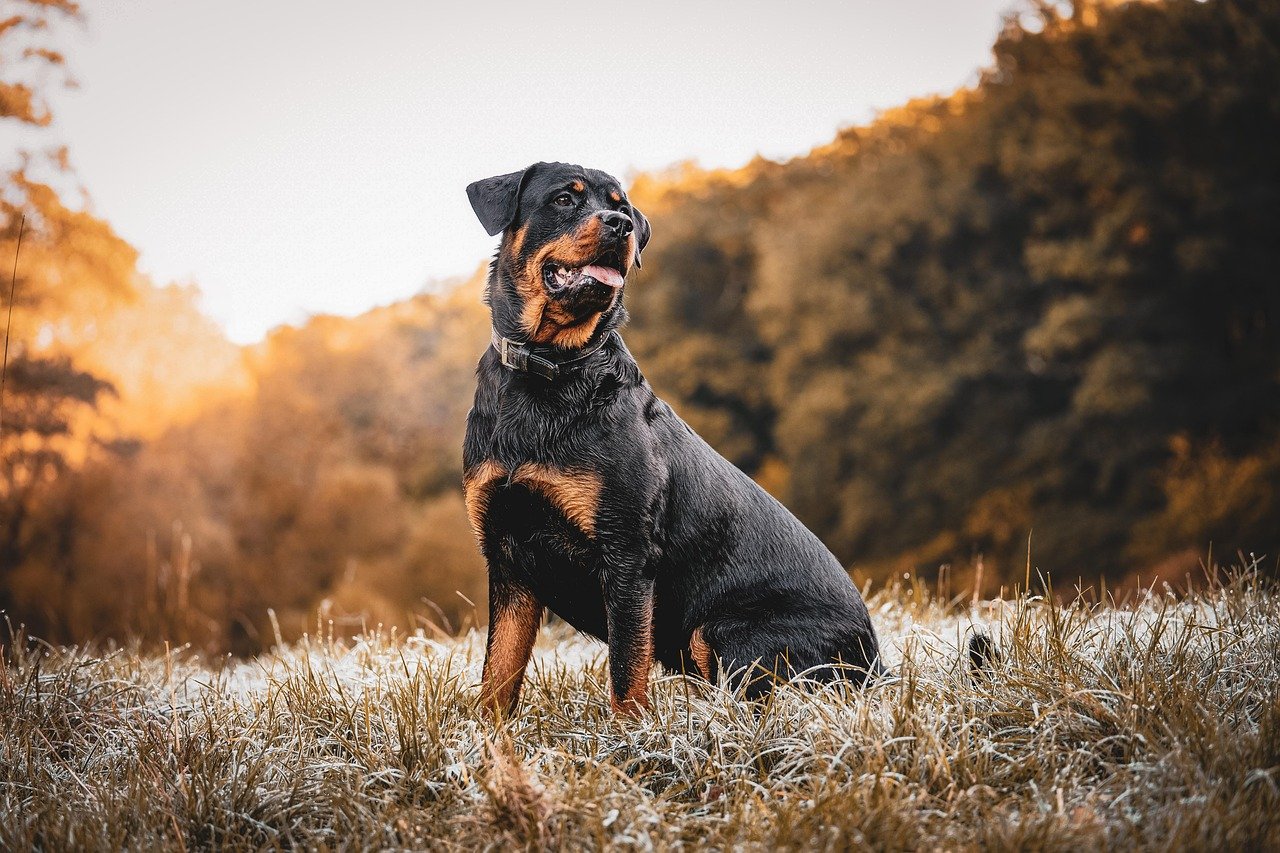
They do have a high prey drive and will go after anything that runs. This includes small children and cats. They should always be supervised around small animals and children. These powerful dogs were bred for protection, and that instinct can kick in at the wrong moments.
They can behave aggressively around other pets and people because of their territorial instincts. Their massive size means that even playful interactions can become dangerous for smaller pets who might trigger their chase response.
Chihuahua
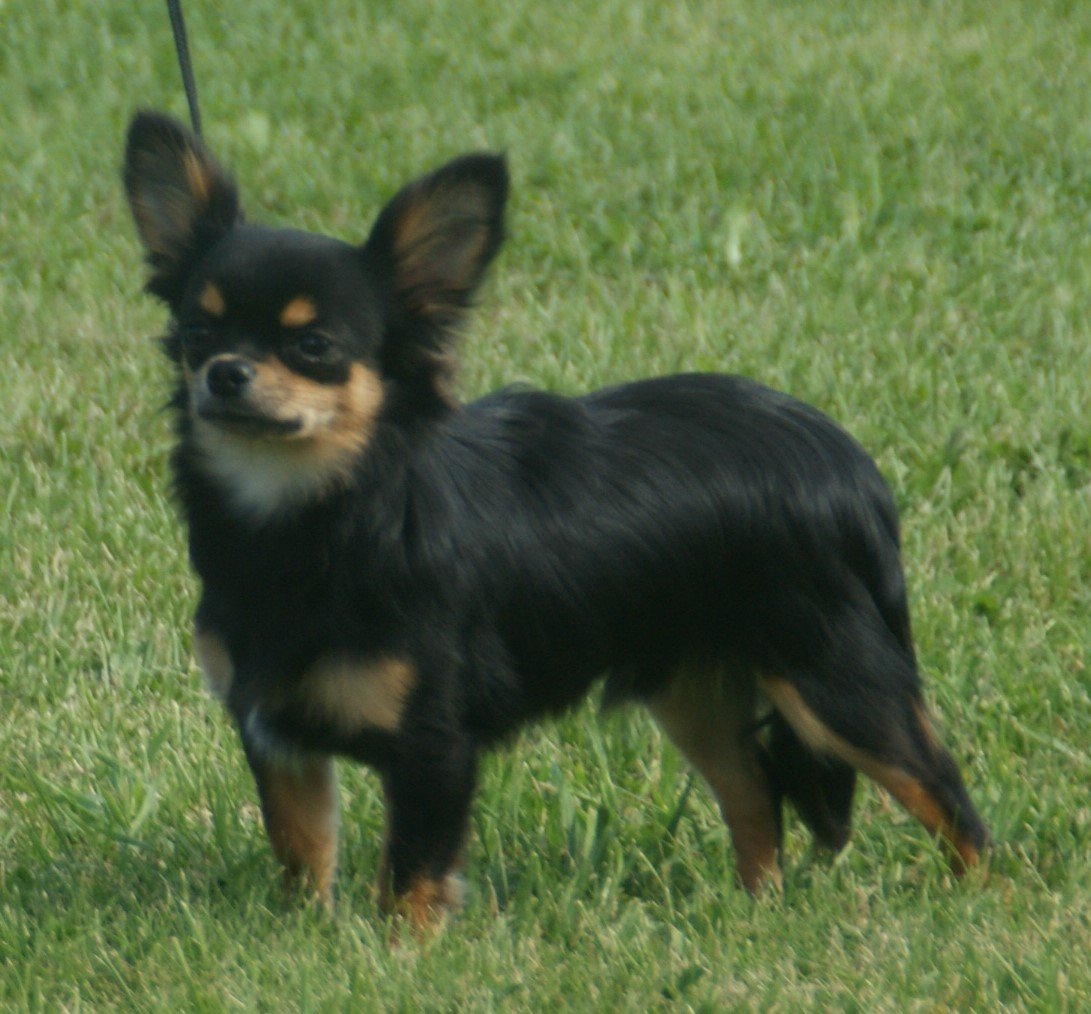
The truth is that Chihuahuas are tiny dogs with big attitude. They often form a strong attachment to one family member, and they can be fiercely protective of their chosen person. They may be small, typically weighing 2-6 pounds, but Chihuahuas are actually widely considered among the most aggressive small dog breeds.
Don’t let their pocket-sized appearance fool you. Chihuahuas have a tendency to be possessive, which is why they don’t exactly make a suitable choice if you have children. They often see other pets as competition for their owner’s attention and won’t hesitate to start conflicts.
Cane Corso
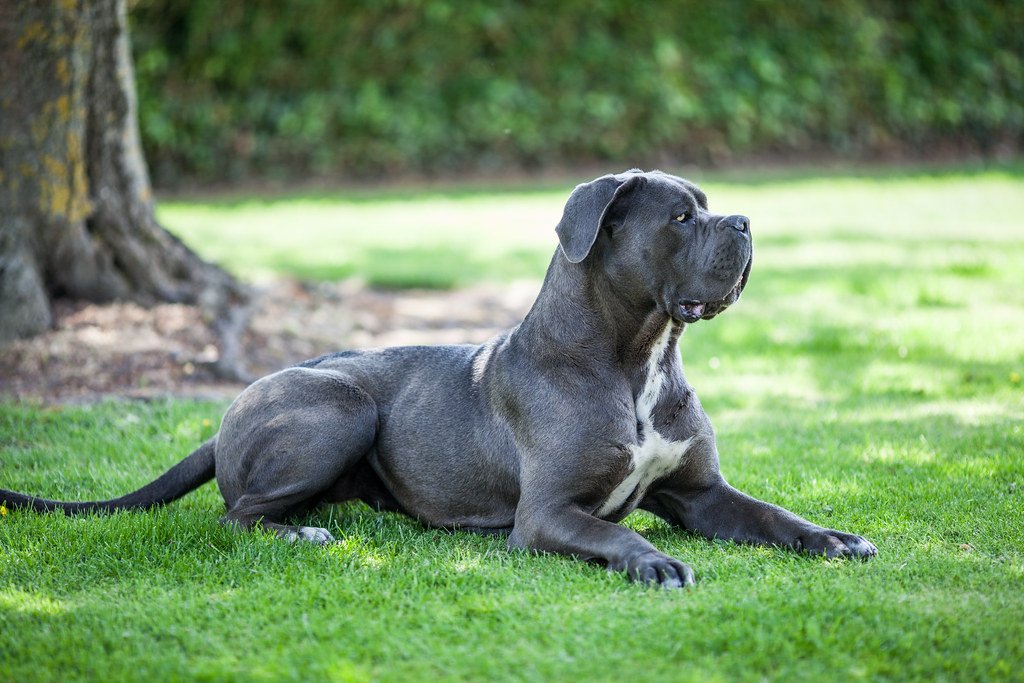
Cane Corsos have a high prey drive, and must be strictly confined to prevent them from harming smaller neighborhood pets, such as cats and small dogs. It takes its role as a devoted guard dog to the extreme, and even well-socialized puppies are unlikely to become comfortable with strangers. These Italian mastiffs were bred primarily to guard property and livestock.
Their protective nature extends to viewing other pets as potential threats. Cane Corsos require a firm and consistent owner and should also work with an experienced trainer for early obedience and socialization skills. Even with training, their natural instincts can override their learning when triggered.
Akita
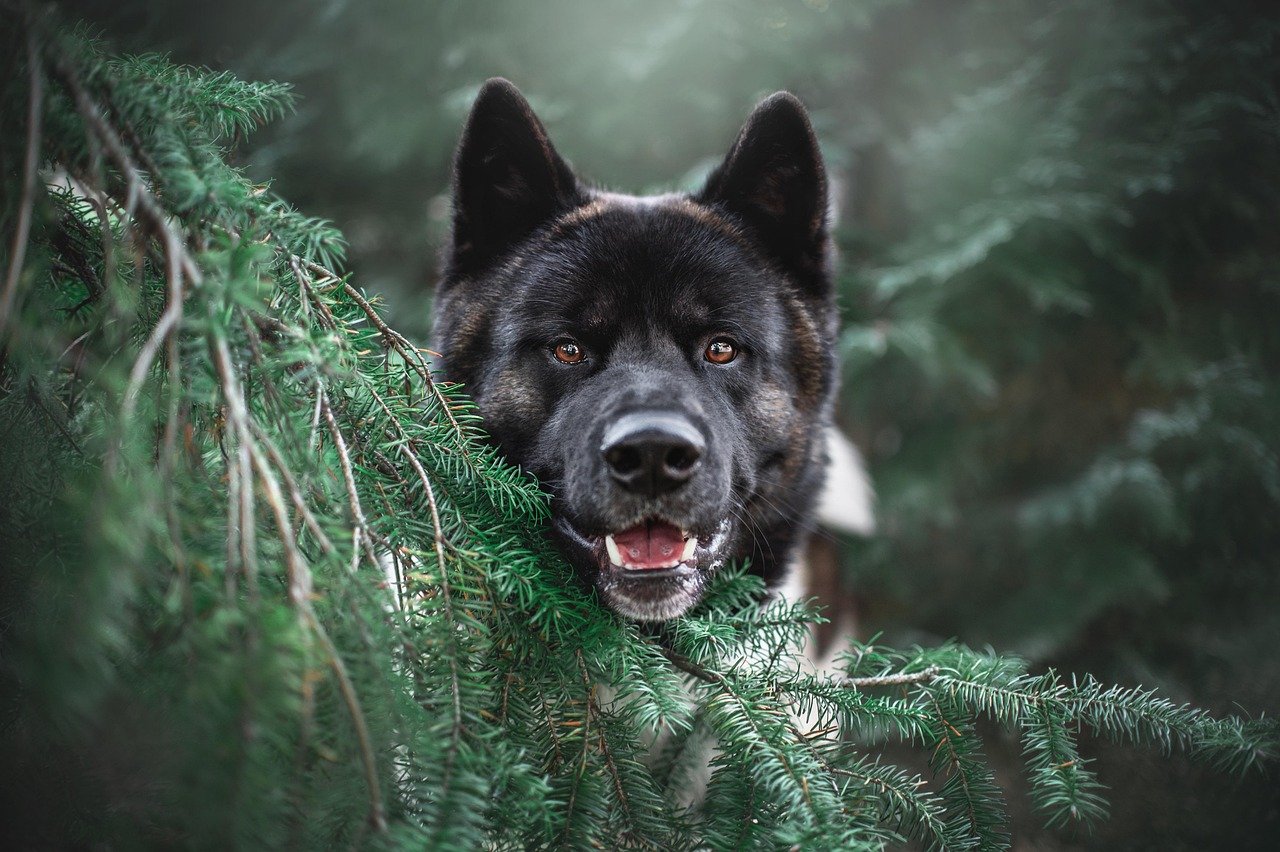
They can be aggressive toward other dogs and may attack if not well-socialized at a young age to help them learn to differentiate safe animals and people from legitimate threats. Still, the Akita is a popular dog across the United States, despite being about the 3rd most likely to bite unprovoked, according to a 32-year review by Animals 24-7.
As pets, Akitas are often wary of strangers and can make overly vigilant watch dogs. Their Japanese heritage as guard dogs means they’re naturally suspicious of anything new in their territory, including other pets who might be seen as intruders.
Basenji
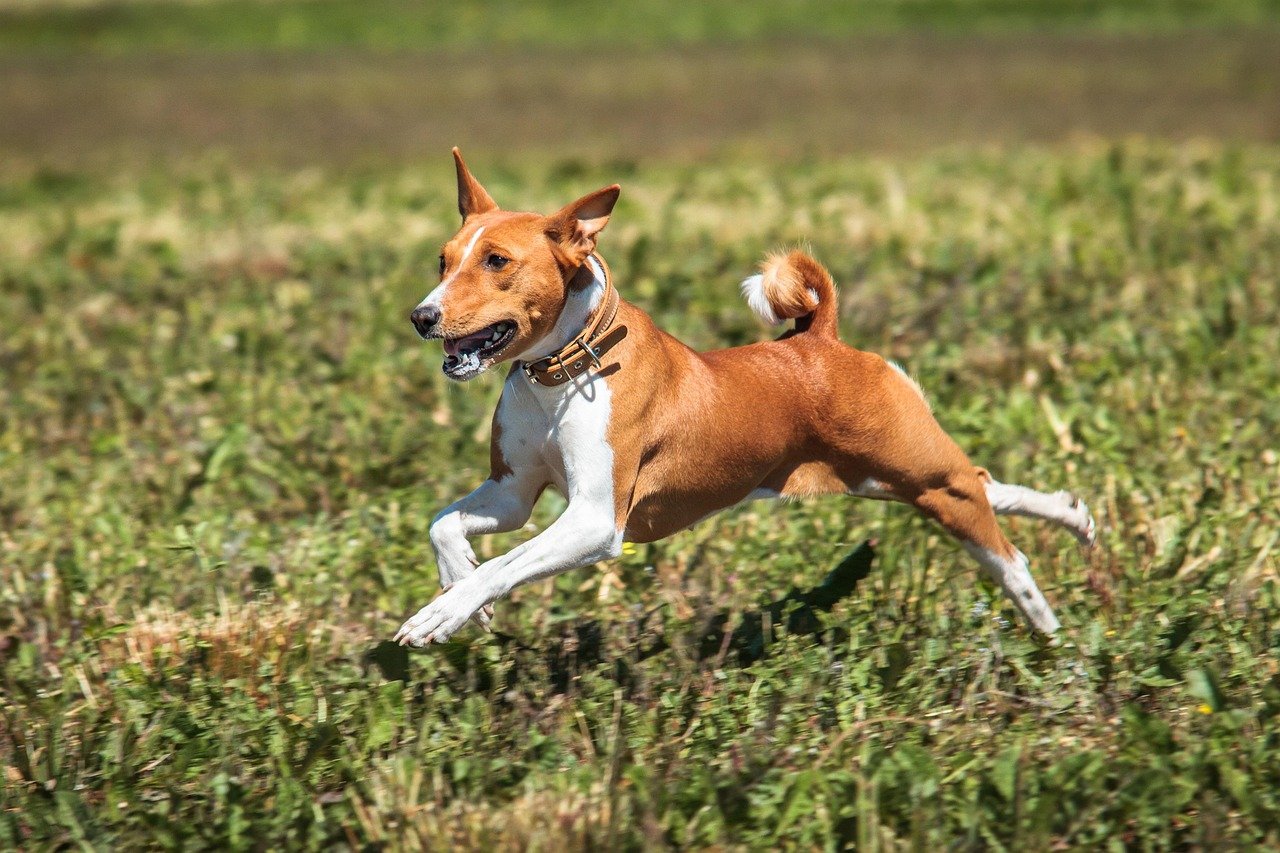
They also have a reputation for being aggressive, and for chasing anything they catch sight of. Basenjis are not a great option if you have other pets in your home, especially small animals like cats. The Basenji dog breed is historically a hunting breed, and they are very independent and strong-willed.
These “barkless” dogs might be quiet, but they’re far from peaceful around other animals. If they aren’t properly cared for, they can become bored or stressed, something that tends to result in them displaying aggressive behaviors. Their hunting instincts are so strong that they often can’t be trained out of them.
Greyhound
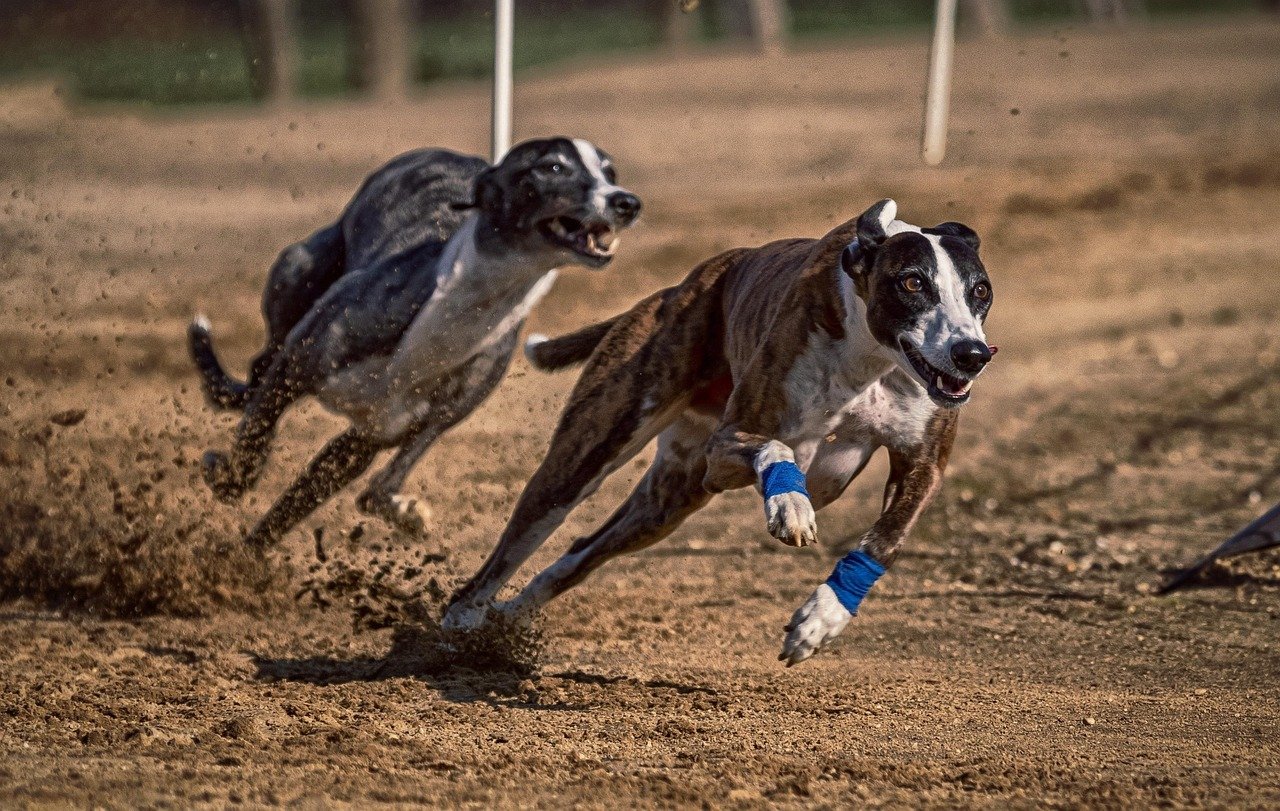
Greyhounds are bred for speed and love chasing small animals. Greyhounds are fast and have a high prey drive. Their vision is sharper than dogs with flatter faces, and they use it to move small, fast-moving animals, like your cat or rabbits grazing in the neighbor’s yard. These racing dogs have been bred for one thing: the chase.
They aren’t vicious or aggressive but can be difficult to walk if you’re in a place with lots of squirrels and rabbits or neighborhood cats. Their sighthound instincts are so powerful that even the most gentle greyhound can become a predator when something small moves quickly across their field of vision.
Dogo Argentino
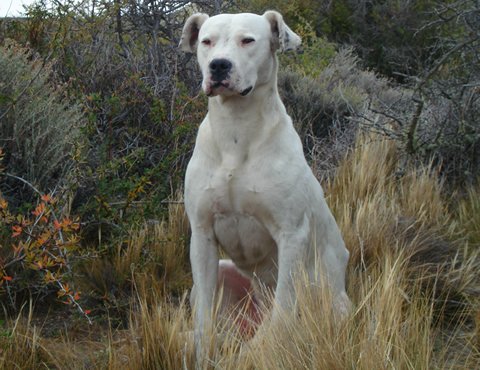
One of the most aggressive dog breeds around today, the Dogo Argentino requires a strict upbringing, consistent training, and experienced handling to curb any aggressive behaviors. This dog has a very high prey drive, and they shouldn’t be kept in homes with other animals, especially small animals like cats due to the risk of injury or death.
While they are very loyal and protective of their families, this dominant and territorial behavior may result in them attacking strangers or other animals around their home. It’s important to note even with the best upbringing of training, socialization, and experienced handling, certain situations or people may trigger aggression in this dog. Their powerful build and hunting background make them unsuitable for multi-pet households.
Conclusion
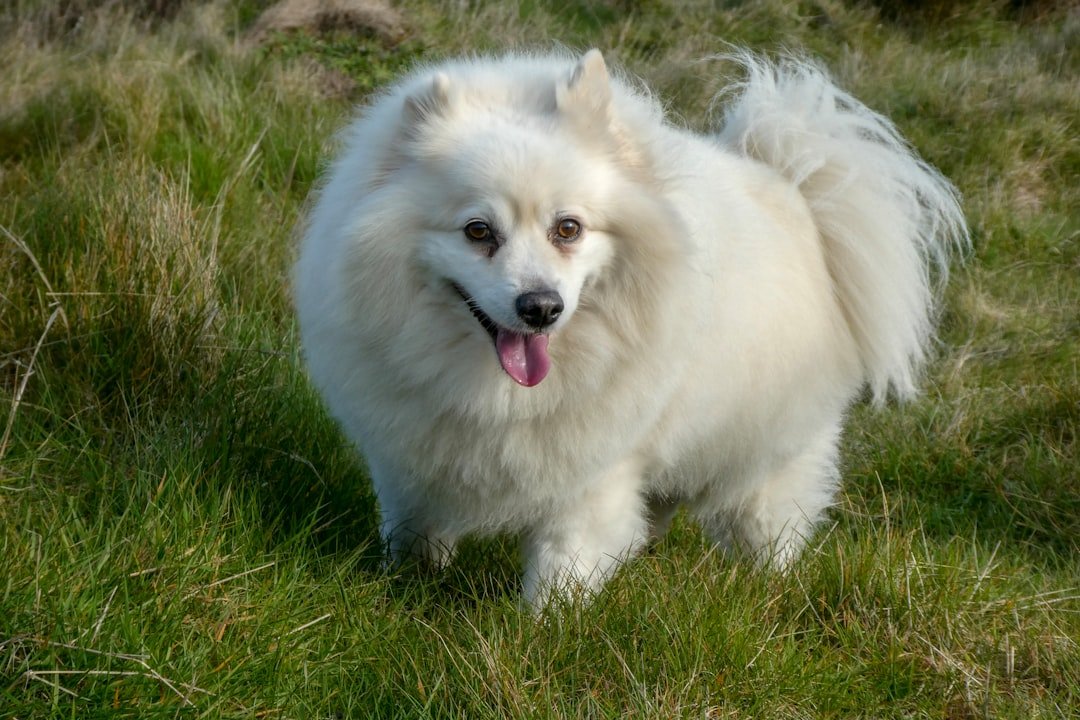
While these breeds might struggle with other pets, it doesn’t mean they’re bad dogs. Many of these challenging behaviors stem from centuries of selective breeding for specific jobs like hunting, guarding, or herding. The key is understanding what you’re getting into before bringing one of these breeds home. Early socialization, consistent training, and realistic expectations can help, but some instincts are simply too strong to overcome completely. If you already have pets or plan to add more later, you might want to consider a breed with lower prey drive and more social tendencies. After all, a peaceful household is worth more than any pedigree, isn’t it?

Esther is from India; the heartbeat of South Asia, holding a Master’s degree in Zoology and a postgraduate diploma in Animal Welfare. Her enthusiasm for animal welfare drives her passion and dedication to working for animals, ensuring their well-being, and advocating for their rights. With a solid academic background and hands-on experience, she is committed to making a positive impact in the field of animal welfare. In her free time, she enjoys embroidery and sewing. As a Chennaite from Tamil Nadu, Esther loves Bharathanatyam, an Indian classical dance form.





